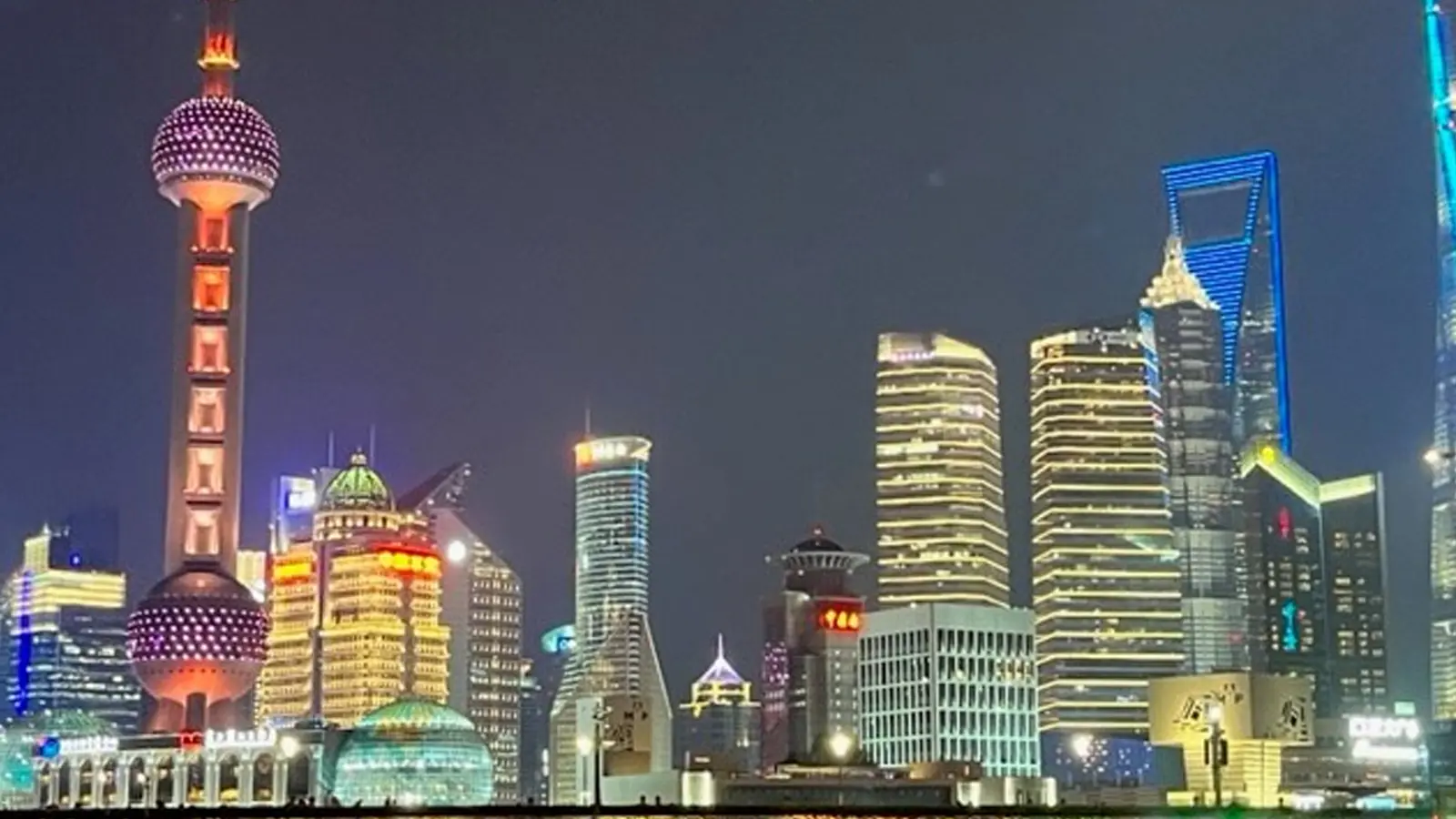The future is bright: insights from China

This year, China fully re-opened its borders to international flights. International Air Transport Association (IATA) believes there is a huge potential for growth in China.
Christopher Beattie, Programme Manager at STG, has just returned from a fortnight of meeting contacts in China, agrees wholeheartedly with this prediction:
“Even with normal market peaks and troughs, the trend in China is inexorably upwards. Despite the very significant dip after COVID-19, there’s no doubt of recovery, and the first thing people have wanted to do post pandemic is go on holiday!”
Christopher adds that beyond strong presence globally, a real strength of Chinese airlines is their substantial domestic market.
“China is a vast country and the best way to get from place to place is generally to fly. I visited as the peak summer tourism season was in full swing and the multiple airports, I flew between were very much back in business. To support this, Chinese airlines tend to have particularly large fleets of aircraft, usually more than one hundred in a fleet.”
Retrofit – a route to recoup?
Universally, all Chinese airline operators suffered during the pandemic with substantial revenue losses. Now that the Chinese travel market has rebounded, these operators are looking to recoup some of these lost profits.
“Recovery in China has come later and airlines are naturally looking to capitalise on this revived demand. Many are looking for opportunities to differentiate their offering and inflight experience, so innovative retrofitting is one way to make their brand stand apart.” With fleet average age now edging towards to 10 year mark, several carriers are faced with the challenge of integrating older aircraft (early A320 or 737 NG) with much new aircraft. LED upgrades are the quickest way to harmonise fleets of different generations.
Whilst in China, Christopher travelled with Beijing-based colleague Paula LIU Hong, Regional Sales Manager at STG, to meet with numerous new and existing contacts at airline operators, MROs (Maintenance, Repair and Overhaul), integrators and aerospace engineering teams across the country. Cabin lighting retrofit opportunities were a key focus, and he gave a number of demonstrations of our dynamic liTeMood® lighting system.
“We often fitted our product in a section of a cabin on-wing to demonstrate how easy our lighting systems are to install and so that potential customers can experience it directly, against the existing lighting system. It’s highly effective. After all, seeing is believing.”
The liTeMood® lighting system is lightweight, reliable and low maintenance, all aspects which are increasingly valued from a cost and environmental perspective.
“Our lighting systems are lightweight and use less power. They are highly reliable, particularly when compared with fluorescent lighting containing mercury, which need the tubes replacing every three to six months.”
Christopher observed during his travels that the environmental agenda is prevalent in China, particularly with the proliferation of electric cars. China has a burgeoning Electric Vehicle (EV) market, fueled by clean energy initiatives backed by the government, showing a commitment to a more sustainable future. Several eVTOL startups are about to commercialise their autonomous vehicle.
The value of a handshake
STG has a significant local presence in China, and importantly the firm already has validations in place with the Civil Aviation Administration of China (CAAC) for installing STG products on CAAC registered aircraft, a significant step. However, it was important to Christopher to personally meet with the contacts he has made and continue to nurture those relationships.
Human interaction has never felt more important than in the wake of a global pandemic, and this is just as true for work colleagues and new and potential business partners. This was a key motivation behind Chris’ trip to China in July, his first in almost four years.
“My last trip to China was in December 2019 and I had planned a follow-up journey in February 2020, which was of course cancelled. This is why it was so important to me to travel to meet with our colleagues and contacts in China and can build on these relationships in a way that isn’t possible from a distance.
“Meeting people in person, shaking hands and perhaps going to dinner is what builds trust. The ability to give demonstrations and talk through them in person is so much more tangible than a Teams call.”
He concludes: “China is a wonderful place, the food is fantastic and the contacts and companies we visited were always extremely hospitable. I look forward to travelling back in the near future, perhaps when the tourist season is a little quieter.”
This year, China fully re-opened its borders to international flights. International Air Transport Association (IATA) believes there is a huge potential for growth in China.
Christopher Beattie, Programme Manager at STG, has just returned from a fortnight of meeting contacts in China, agrees wholeheartedly with this prediction:
“Even with normal market peaks and troughs, the trend in China is inexorably upwards. Despite the very significant dip after COVID-19, there’s no doubt of recovery, and the first thing people have wanted to do post pandemic is go on holiday!”
Christopher adds that beyond strong presence globally, a real strength of Chinese airlines is their substantial domestic market.
“China is a vast country and the best way to get from place to place is generally to fly. I visited as the peak summer tourism season was in full swing and the multiple airports, I flew between were very much back in business. To support this, Chinese airlines tend to have particularly large fleets of aircraft, usually more than one hundred in a fleet.”
